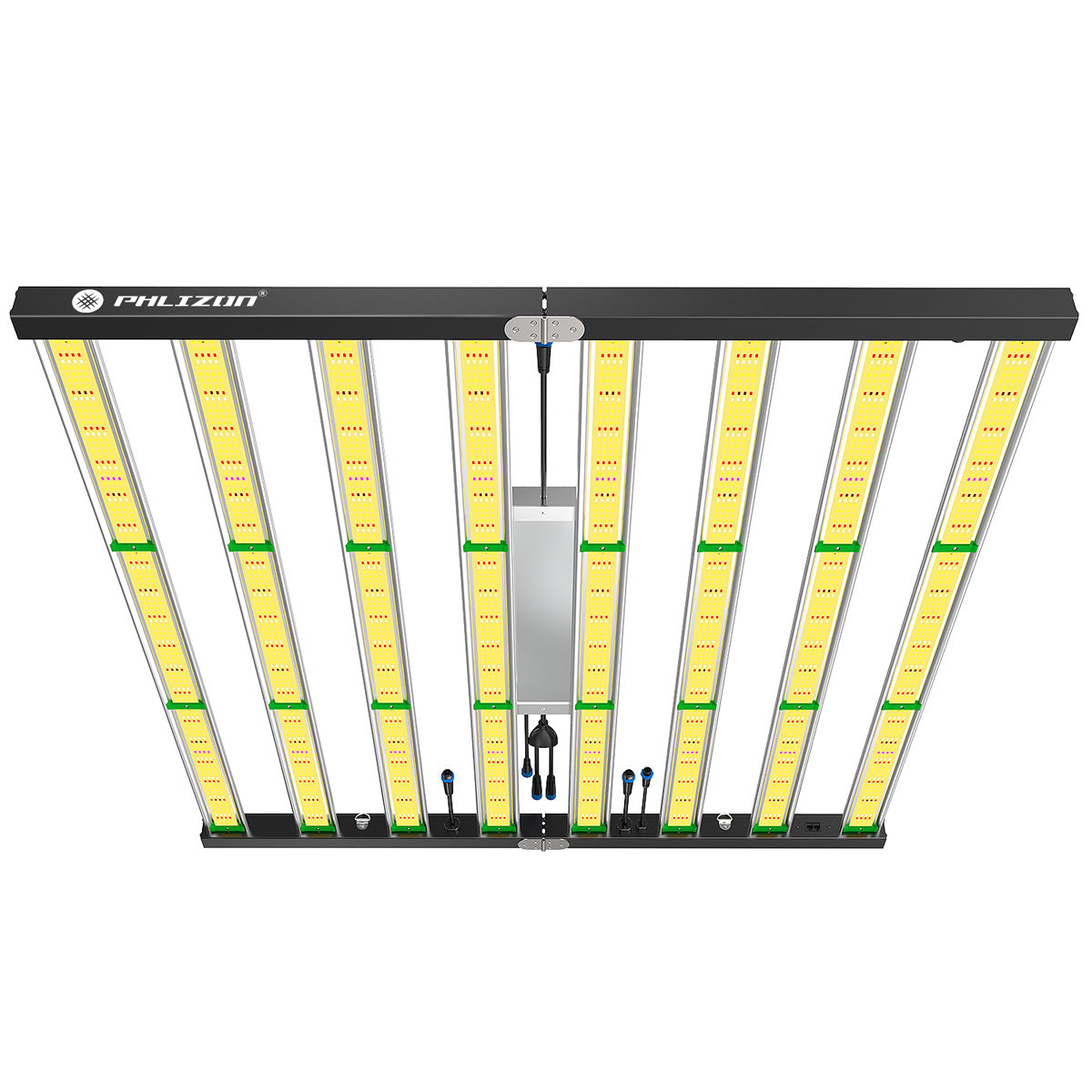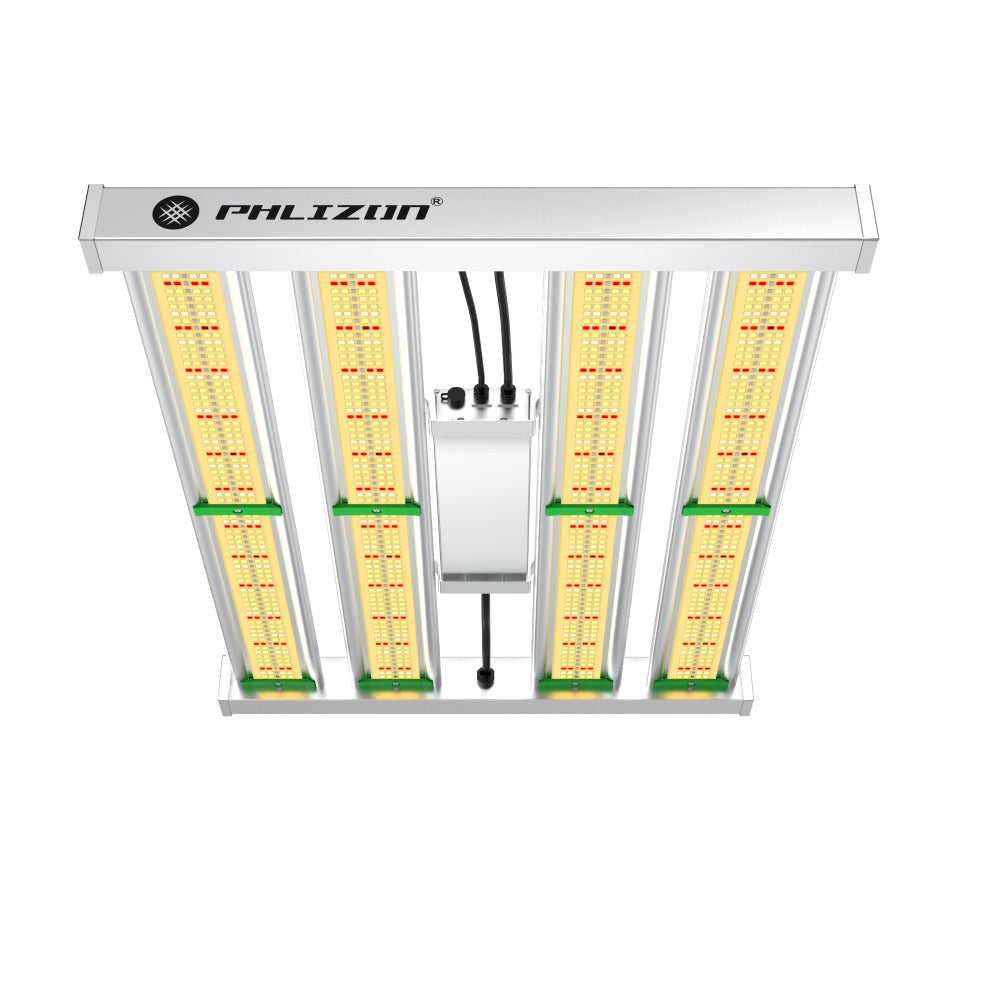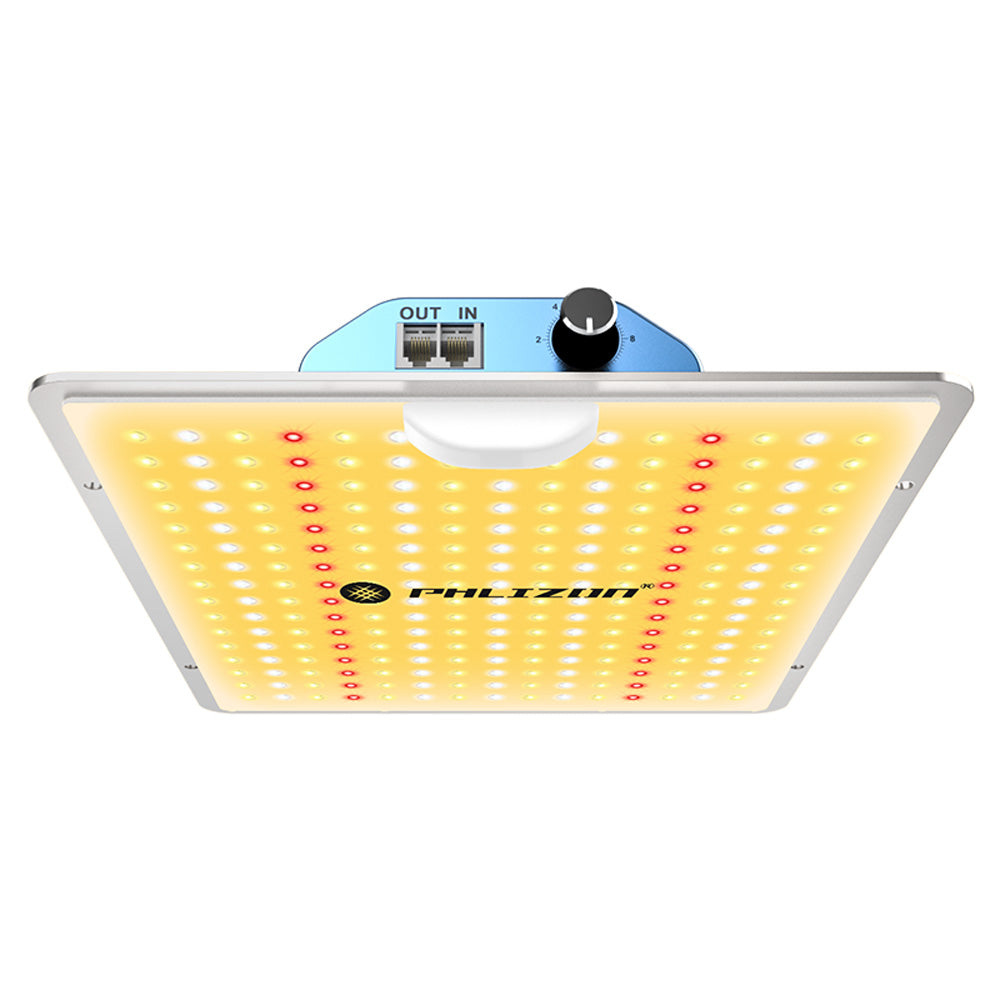Menu
Grow Up: Your Guide to Vertical Gardening
Vertical gardening is like a breath of fresh air when you’re short on space and long on dreams of lush greenery. Imagine turning a bare wall into a vibrant jungle or using your balcony rails for an herb garden. It’s not just creative; it’s practical! Here’s how you can get started with vertical gardening.
What is Vertical Gardening?
Vertical gardening is the art of growing plants upwards rather than outwards. By using walls, fences, or trellises, you can maximize your plant space. Just think about it: when you go vertical, you can grow more in limited areas without sacrificing style or function. It’s perfect for tiny apartments or urban backyards.
Types of Vertical Gardens
There are several ways to set up a vertical garden. Let’s break down a few popular options:
Living Walls
This type involves planting directly into a wall structure. Think of it like a mini-forest on your wall! You can use pockets, panels, or trellises to hold the plants. You get an amazing display of green while giving your plants a cozy home.
Vertical Planters
These are like shelves or pots that you stack up. You can find them in garden stores or make your own with recycled materials. Just picture a tower of flowers or herbs – it’s both practical and beautiful.
Trellis Systems
A trellis is a frame that supports climbing plants. It’s great for tomatoes, beans, or even flowers that love to climb. You can place it against a wall or fence, turning a regular space into something vibrant.
Tips for Starting Your Vertical Garden
Getting started with vertical gardening can be as easy as pie! Here are a few simple steps to think about:
Choose the Right Plants
Not all plants thrive in vertical setups. Herbs like basil and mint, along with small flowers, usually do well. Start small, and as you gain confidence, add more variety.
Light Matters
Plants need light just like people need sunshine. Consider where your vertical garden will be placed. If it’s indoors, ensure it gets enough sunlight or use grow lights. If outdoors, be aware of how much light your plants will get.
Watering is Key
Vertical gardens can dry out quicker than traditional ones. Make sure you know how often to water your plants. Drip irrigation is a great option for even watering.
Why Go Vertical?
Why should anyone choose vertical gardening? It’s simple!
Maximize Space: If you live in a small home or apartment, you often lack a yard for gardening. Going vertical lets you use walls or balconies creatively.
Aesthetics: Vertical gardens are stunning! They turn dull walls into living art.
Easy Maintenance: Plants grown up can be easier to reach, reducing the strain on your back.
Air Quality:Plants help clean the air. More plants mean better air. It’s a win-win!
Getting Started with Vertical Gardening
Choose Your Plants Wisely
Not all plants are created equal for vertical gardening. Think about what you want to grow! Herbs like basil and mint are fantastic choices. For flowers, consider petunias or strawberries, which also produce delicious fruits.
Find the Right Structure
Next, you need something to grow your plants on. This could be:
- Trellises: Perfect for climbing plants like cucumbers or peas.
- Wall Planters: These containers can be hung on walls and are great for small plants.
- Pallets: Old wooden pallets can be transformed into unique garden shelves.
Prepare Your Planting Area
Now that you have your structure, it’s time to fill it with soil. Make sure you use high-quality potting mix to give your plants the nutrients they need.
Watering and Maintenance
Watering is key. Plants in vertical gardens can dry out faster since they’re often exposed to more sunlight. Make a habit of checking the soil moisture regularly. Add a drip irrigation system if you want to make life even easier.
Fertilizing for Growth
Just like you need food, your plants need nourishment too! Use a balanced liquid fertilizer every few weeks to promote growth. This helps keep your plants strong and colorful.
Tips for Success
So, how can you make your vertical garden thrive?
Sunlight: Ensure your plants get enough light. Some may need full sun, while others prefer partial shade.
Rotation: Don’t be afraid to rotate your plants. Changing their positions can help prevent diseases and keep your garden healthy.
Pest Control: Keep an eye out for pests. If you see any, treat them right away to avoid bigger problems.
Conclusion
Vertical gardening opens a world of possibilities. It allows anyone, even those with little space, to enjoy the beauty and benefits of plants. With a bit of creativity and care, your walls can bloom. So, roll up those sleeves and start your vertical garden adventure today! Who knows? You might just find your green thumb!
Featured blog
- Choosing a selection results in a full page refresh.

















